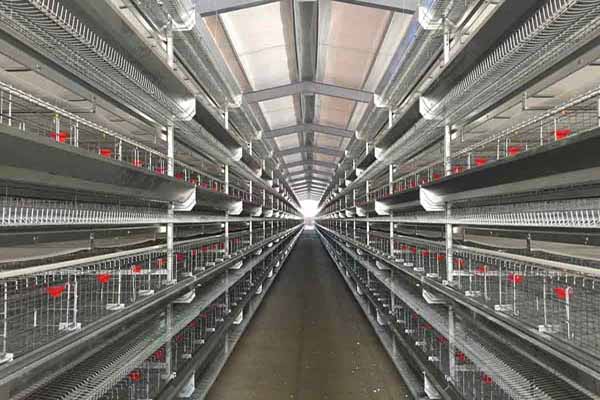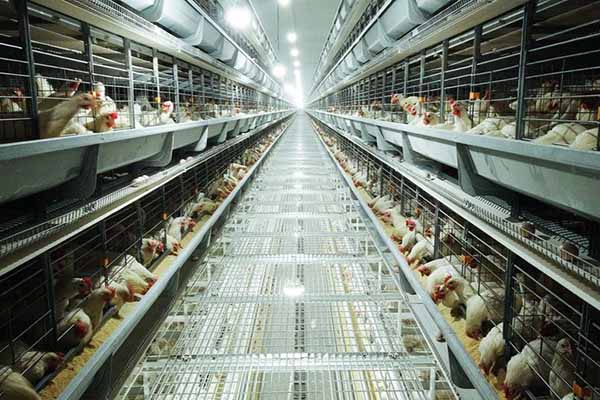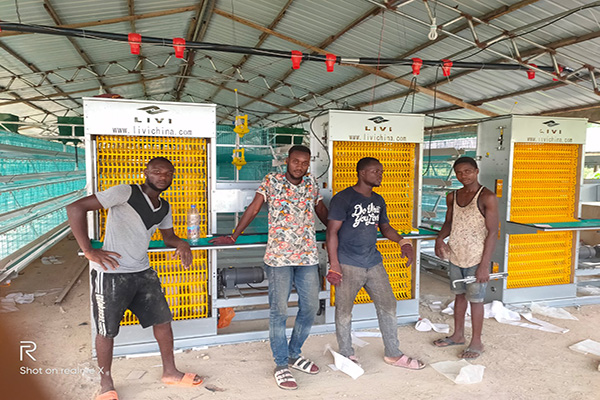Comparison of Automated Transformation of Kenyan Chicken Farms: Before and After
Time : 2025-04-28
Chicken farming has long been an integral part of the Kenyan agriculture sector. Over the years, the industry has seen significant growth, and with that, the need for modernization and automation. In this article, we’ll delve into the automated transformation of Kenyan chicken farms, highlighting the differences between the ‘before’ and ‘after’ scenarios. So, let’s get cracking and see how the Kenyan chicken farming landscape has evolved.
Introduction to Kenyan Chicken Farming
Kenya has a rich history of chicken farming, with the industry contributing a substantial amount to the country’s agricultural GDP. Traditionally, chicken farming in Kenya was a manual and labor-intensive process, with farmers relying heavily on physical labor for tasks such as feeding, watering, and monitoring the health of their chickens.
Before the Automated Transformation
Back in the day, the process of chicken farming was quite rudimentary. Here’s what the scene looked like before the automated transformation:

- Manual Feeding: Farmers would feed their chickens by hand, which was a time-consuming and often inefficient process.
- Manual Watering: Watering was also done manually, which meant constant attention to ensure the chickens had access to clean drinking water.
- Monitoring Health: The health of the chickens was monitored through regular physical checks by the farmers, who had to be present around the clock.
- Lack of Precision: The process of counting and tracking chickens was inaccurate, leading to potential stock losses and inefficient management.
This manual approach had several drawbacks, including increased labor costs, low productivity, and high susceptibility to diseases, which could spread quickly among the birds.
The Automated Transformation: A Game Changer
Thanks to technological advancements, the Kenyan chicken farming industry has undergone a remarkable transformation. Let’s take a look at how it has changed:
- Automated Feeding: Modern chicken farms now use automated feeders that dispense food at specific times, ensuring consistent feeding and reducing the workload for farmers.
- Automated Watering Systems: Automatic watering systems have been implemented, providing continuous water supply to chickens, minimizing the risk of dehydration and disease transmission.
- Health Monitoring Systems: Advanced sensors and cameras have been installed to keep a close watch on the health of the chickens, allowing farmers to detect and treat illnesses early.
- Precise Stock Management: With the use of automated systems for counting and tracking, farmers now have accurate and real-time data on their chicken populations, enabling better management decisions.
The impact of this automated transformation has been significant:
- Increased Productivity: The automation of processes has led to increased productivity, as fewer manual tasks are required.
- Reduced Labor Costs: With fewer workers needed for basic tasks, labor costs have been reduced.
- Improved Livestock Health: The early detection and treatment of diseases have improved the overall health of the chickens, leading to higher survival rates and better quality meat.
- Better Data Management: The use of technology has enabled better data management, allowing farmers to make informed decisions and optimize their farming operations.
Case Studies: Success Stories
Several Kenyan chicken farms  have already embraced automation and are reaping the benefits. Here are a couple of success stories:
have already embraced automation and are reaping the benefits. Here are a couple of success stories:
Case Study 1: The Greenhouse Chicken Project
The Greenhouse Chicken Project, located in rural Kenya, has transformed its chicken farming operations by implementing automated systems. The farm now uses advanced feeding and watering technologies, which have led to a significant increase in productivity. The farm’s manager, Mr. Peter Gichuki, states, “Since we automated our farming processes, we’ve seen a 30% increase in chicken production, and our costs have gone down by 20%.” This is just one example of how automation can revolutionize chicken farming in Kenya.
Case Study 2: The Chicken Cooperative
The Chicken Cooperative, a group of small-scale farmers, has also experienced remarkable improvements through automation. By adopting automated feeding and monitoring systems, the cooperative has managed to increase its production and reduce disease outbreaks. The cooperative’s chairperson, Ms. Jane Muiga, says, “Automation has really helped us. We no longer have to rely on manual labor, and our chickens are healthier than ever.” This case study  further illustrates the potential of automation in transforming the Kenyan chicken farming industry.
further illustrates the potential of automation in transforming the Kenyan chicken farming industry.
Conclusion
The automated transformation of Kenyan chicken farms has been a game-changer for the industry. With increased productivity, reduced labor costs, and better data management, the future of chicken farming in Kenya looks promising. By adopting these cutting-edge technologies, the industry can continue to evolve and contribute significantly to the country’s economy.











